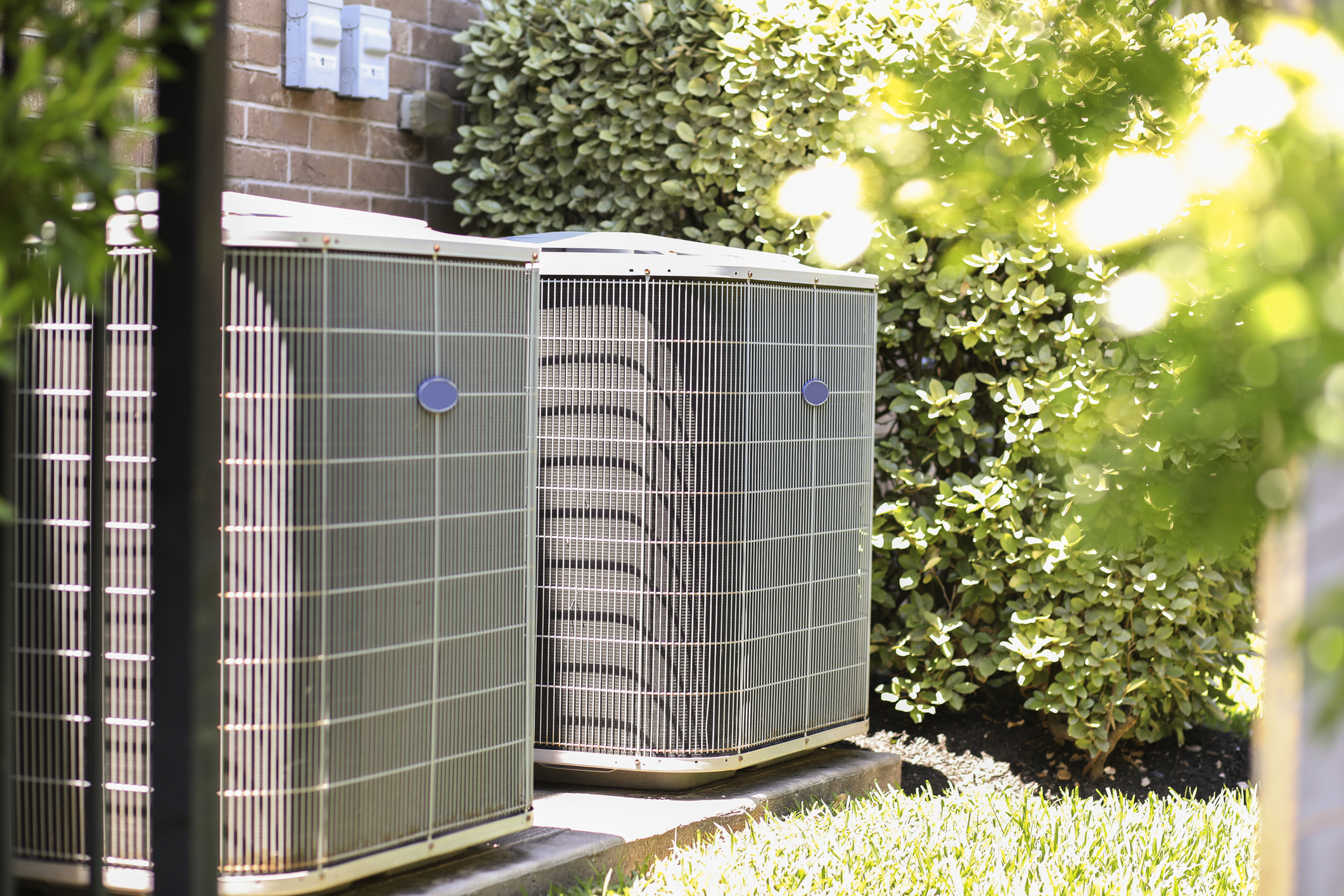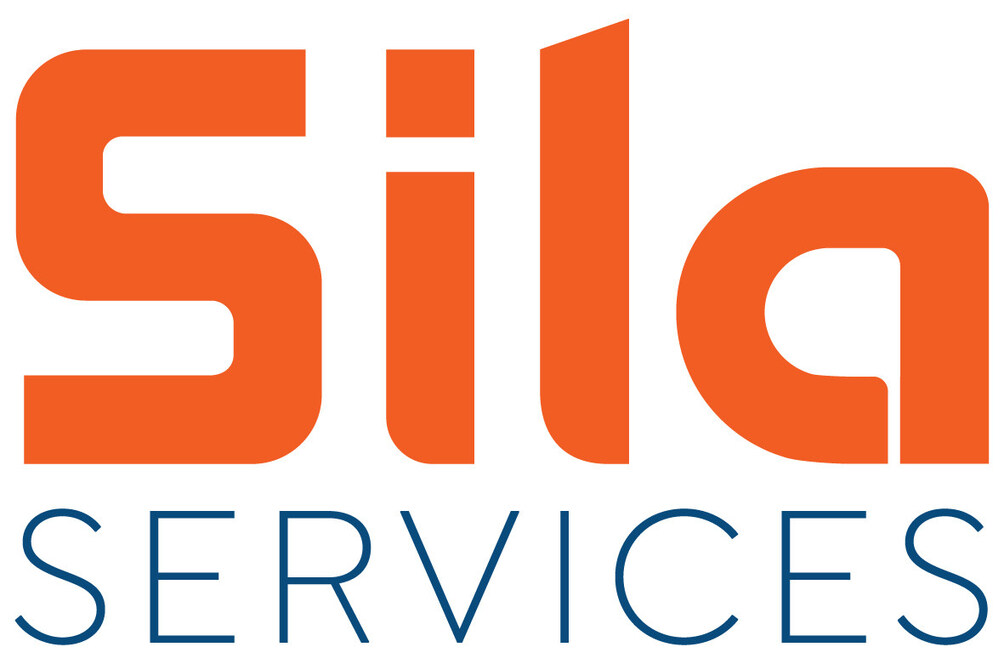
News
Inverter Driven/Hybrid
The effect of the inverter-driven mini-split ductless system has been profound; since the arrival to America’s shores decades ago, the mini-split inverter system has seen double-digit growth in all sectors. Not only though, have the sales reflected the ease of installation and low capital cost afforded by these ductless (and now ducted) systems, but indeed the homeowner, well-researched on the internet, has discovered that inverter systems are quiet and energy efficient. Good things for the HVAC industry, but the mini-splits don’t answer every question and frankly, for the vast number of homes with existing ductwork, they don’t offer a reasonable solution to heating and cooling with an inverter system.

And though a mini-split installation may generally involve less labor, not all goes flawlessly. All mini-split (DFS) manufacturers use flare connections which can leak if not done properly, and all use a 4-wire interconnecting wire to power the indoor units from the outdoor unit, also allowing communication between the indoor and outdoor units. That DC communication is predicated upon an excellent ground; a DC circuit with a weak ground will not flow current easily and will create a “communication error” code. Unbeknownst to an installer, neutrals and grounds can be mixed in the panel which can backfeed voltage on a ground which, if used as ground for the signal, can create a frustratingly difficult error to diagnose and remedy.
Wouldn’t it be great if all of the benefits of an inverter system: the very soft start (no contactor; DC voltage is gradually fed to the condenser fan motor and compressor), quiet operation, energy efficiency, ability to load balance and more…were manufactured in a system designed to be used with “standard” wiring and “regular” ductwork? Well such a product is indeed currently available and, though a brand can’t be mentioned specifically, the Big Three and others are now producing what are essentially standard unitary systems, but with an inverter drive for the compressor.
At first appearance, the hybrid IDS system looks small, because it is. It looks like a regular outdoor condensing unit, but unlike the >16 SEER systems, the condensing coil surface is small, because the energy efficiency is found in reducing the running speed of the compressor (variable-speed DC compressors are used). Manufacturers using fixed-speed compressors have no option to find SEER numbers, but to reduce compressor size (reduce running amperage) and increase heat transfer area (condenser coil/unit size).
Because it starts softly, the system avoids amperage inrush loads common to an “on-off” system. Additionally the inverter driven ducted, unitary system is consequently very quiet without the full-load hum of a compressor on start or condenser fan motor at full speed. There are other benefits of a hybrid inverter system too, besides the soft start and sound reduction. Because it is essentially a “unitary system”, the connections are common braze connections made to a standard indoor, ducted coil (R410a rated). Mini split inverter systems use mechanical connections because a standard filter-drier cannot be used (with the EEV in the outdoor unit, the liquid line becomes a low pressure saturated liquid; a filter drier becomes a restriction) whereas with the hybrid system a standard TEV regulates the indoor coil during cooling, making the liquid line “standard” and in which a liquid line filter drier is used (bi flow for ht. pump).
Not only is the piping distinctly different between the mini-split inverter and the ducted inverter system, but so is the wiring. A very traditional 240v. supplies the outdoor unit and a 24v. circuit controls it (applicable to nearly all 24v. thermostats) making the ducted inverter system far less subject to ground issues at the panel. And because the IDS system uses a standard 24v. control, unlike the DFS control circuit (DC communicating) that means not only can nearly any thermostat be used, but use as a dual-fuel application can be done seamlessly with existing technology and existing duct systems.
We all now have access to this inverter technology and, while it may seem intimidating at first, understand that the hybrid systems offer that inverter technology without an investment in training. The same tools, muscle memory, knowledge and comfort level a technician uses installing a fixed speed system is all that is employed when installing a hybrid system; same piping and brazing techniques, same familiar wiring and controls. Inverter systems are the technology of the future for the HVAC industry providing very quiet, very energy efficient systems that can be applied to a regular ducted system with regular tools and with regular wiring and thermostats.
Dan Applegate is a DFS/VRF National Trainer and a Senior Product Specialist














